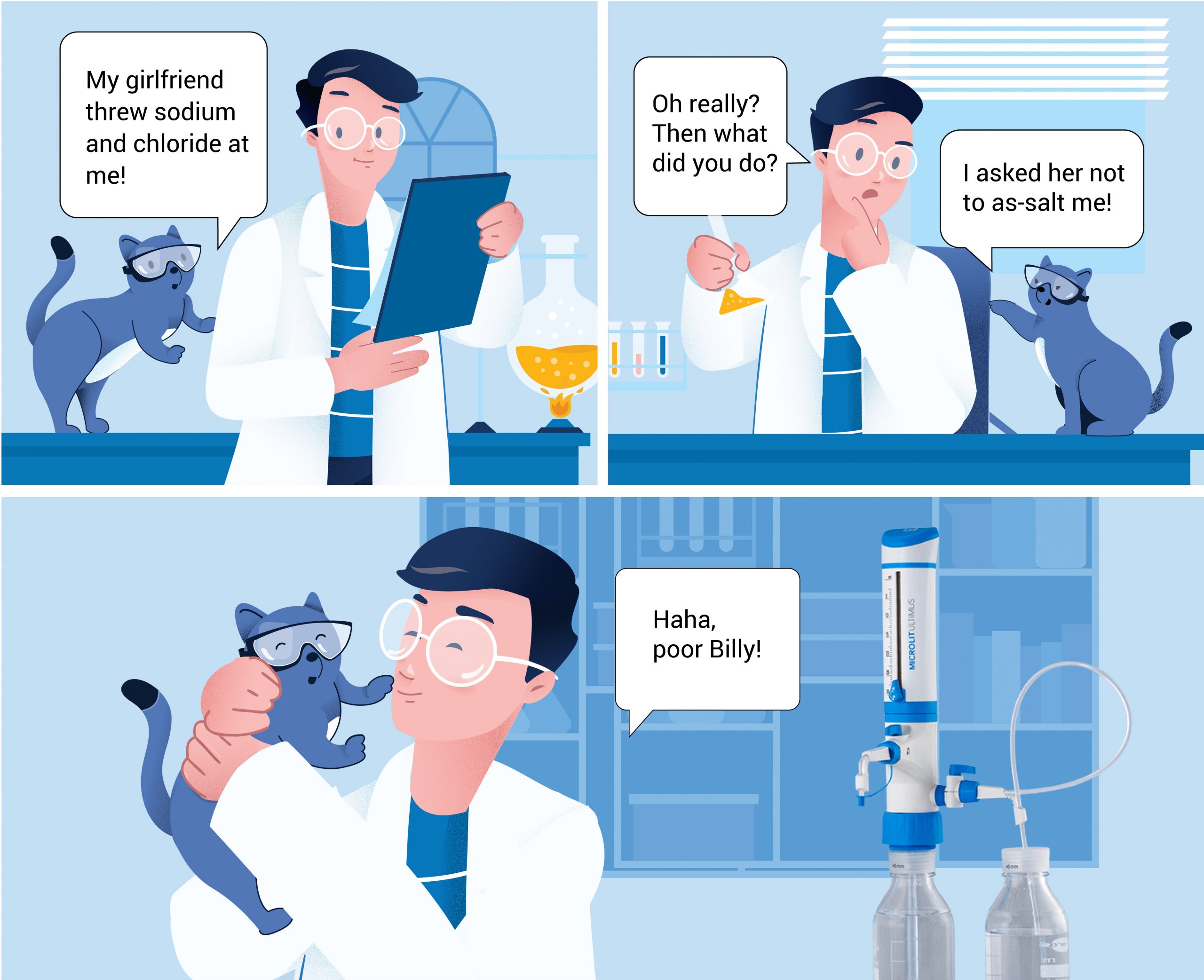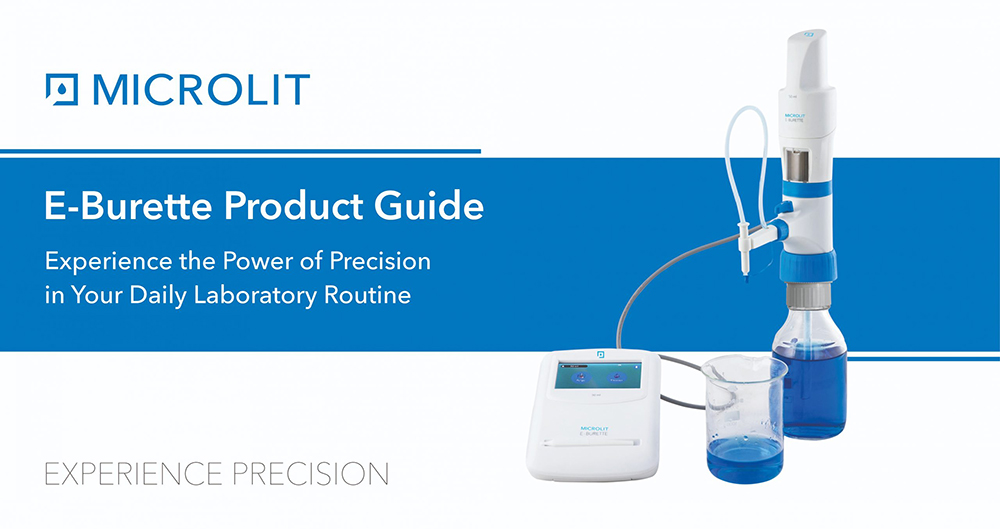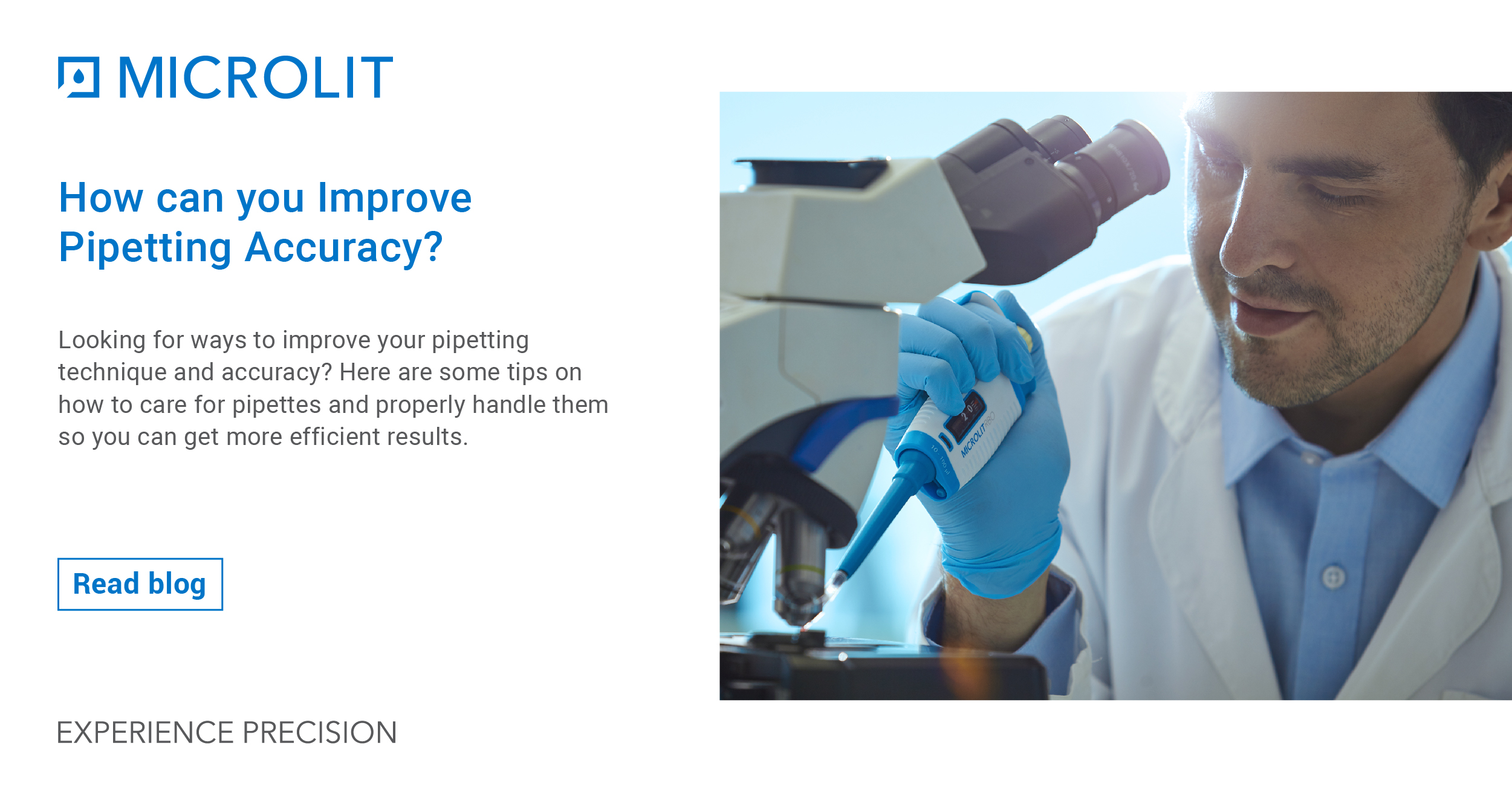

Comical Reactions with Mike & Billy
Experience Precision With Our Products


Wise & Precise
A Lab safety practice test quiz is waiting for you. Many substances are found within the lab and it is essential to follow the basic Lab safety procedures so as to avoid accidents at all costs. Take up the quiz below and learn everything about lab safety.










